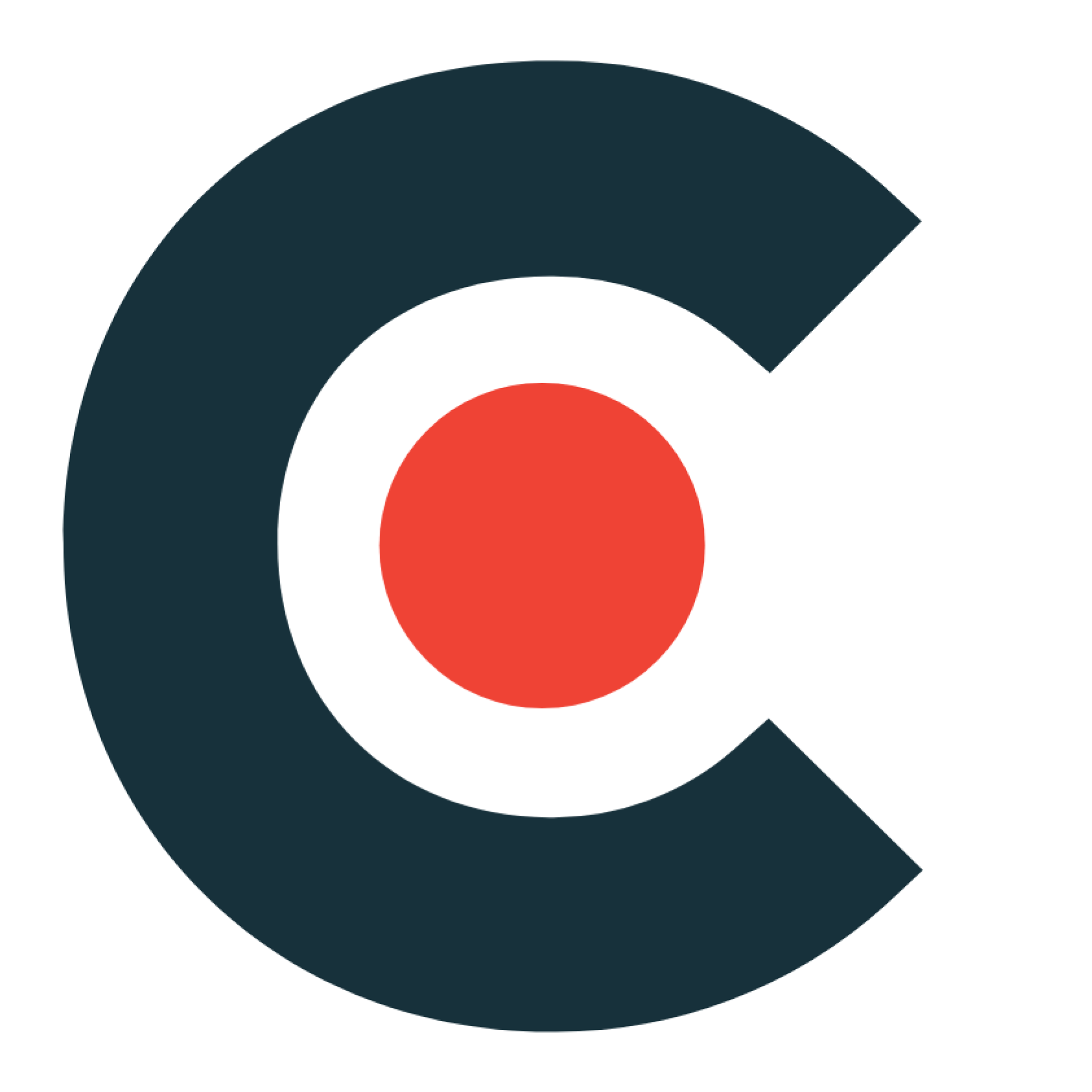
PPC Marketing Agency
Generate sustained success with PPC Marketing campaigns built for profit and scale.
Loved by ambitious brands
View our 65+ verified 5-star Clutch reviews. Proudly the highest-rated performance agency with 50+ reviews in Australia.
Producing real business outcomes
farsiight is the PPC Agency that produces real business outcomes. Our team is obsessed with helping brands increase their revenue and profit to continue growing their positive impact.
Our Approach
farsiight’s approach to PPC marketing has been developed from over a decade of on the tools experience executing over $100m on the world's biggest pay-per-click ad platforms.
Bare Case Study
Since beginning the work, in less than 8 months we’ve almost doubled the core business and seen CPA’s decrease about 25%. Very impressive results to date. We’ve also got much better at using YouTube and Display as Top of Funnel channels.
Sam McConkey
Co-Founder, Bare


Frequently Asked Questions
PPC (Pay-per-click) marketing is a form of digital advertising in which advertisers pay each time a user clicks on one of their ads. This method of advertising allows businesses to display their ads to potential customers who are searching for related products or services, and only pay for the clicks their ads receive.
To create a successful PPC campaign, you need to identify your target audience, choose the right keywords, write compelling ad copy, create landing pages that align with your ads, assign a budget and ensure you have the appropriate way to monitor, measure & track performance against your key performance indicators. Once you have sufficient data, you can then make informed decisions to optimise your campaigns towards driving efficiencies and moving closer to reaching your business objective. While PPC is a direct response channel, it’s important that you don’t go into PPC with a short-term mindset. It can take many months of optimising your campaigns before the platform becomes a profit centre for your business.
Over the past 12 months, our team has managed over 14 million dollars in PPC advertising spend for our partners. Our in-house team has a collective 42 years experience so we’ve seen how the platform has changed over the past decade. Our approach is crafted from scaling up hundreds of businesses using PPC marketing. Our systems and processes ensure that nothing gets missed. Everything from monthly efficiency tasks like adding negative keywords, improving RSA ad strength and bid adjustments to constantly moving the growth-needle by allocating time to focus on new strategies – we’re obsessed with sustained growth.
Selecting the appropriate channels to test is a crucial decision that can impact your profitability significantly. The primary factor to consider is the monthly budget allocated to PPC. It's recommended to start with the highest intent channels, such as search and shopping, before exploring Google's other channels. Google Search is typically the channel with the least resistance and the highest conversion rates. For ecommerce businesses, launching standard shopping or Performance Max is recommended to ensure placement on the shopping listings. These channels involve pull marketing, targeting people actively searching for your service or product. Push marketing channels, such as YouTube, Display, and Discovery, are typically used for retargeting purposes for performance focused objectives. If not used as a retargeting channel, similar to Paid Social advertising, these channels promote ads to users who aren't actively searching for your service/product, resulting in lower conversion rates than search and shopping. The correct channel selection depends on your goal and PPC budget.
From a dollars in dollars out perspective, PPC marketing can be absolutely be profitable for any business. However, there is no silver bullet that will scale your company and PPC alone won’t achieve sustained growth. What will is an omni-channel paid ads strategy combined with a consistently relevant organic and website optimisation strategies.
Level up your marketing game with Insiights
Check out our blog for impactful industry insights and actionable marketing tactics that you can use to grow your brand.
Our Services
We believe those that claim to do everything do nothing exceptional. (*Cough* full service agencies). farsiight is a specialist performance marketing and creative house and we’re damn proud of it. Check out our specialist services below.
Performance Creative
Performance Creative
We fuse data, creativity and behavioural psychology into ad creatives that separate brands from the crowd and scale ad accounts.
Paid Social Advertising
Paid Social Advertising
We rank among the top percentile of agencies in Australia in terms of advertising spend across major social media platforms.
PPC Marketing
PPC Marketing
Our winning PPC Marketing strategies have been acquired through spending over $100m on the leading pay-per-click ad platforms.
Creative Strategy
Creative Strategy
A creative strategy that starts with a hypothesis informed by data is the key to designing ad creatives that produce tremendous results.
Digital Strategy
Digital Strategy
Strategy before tactics, period. Bolting down an airtight digital strategy is essential to achieving sustained success from your performance campaigns.







